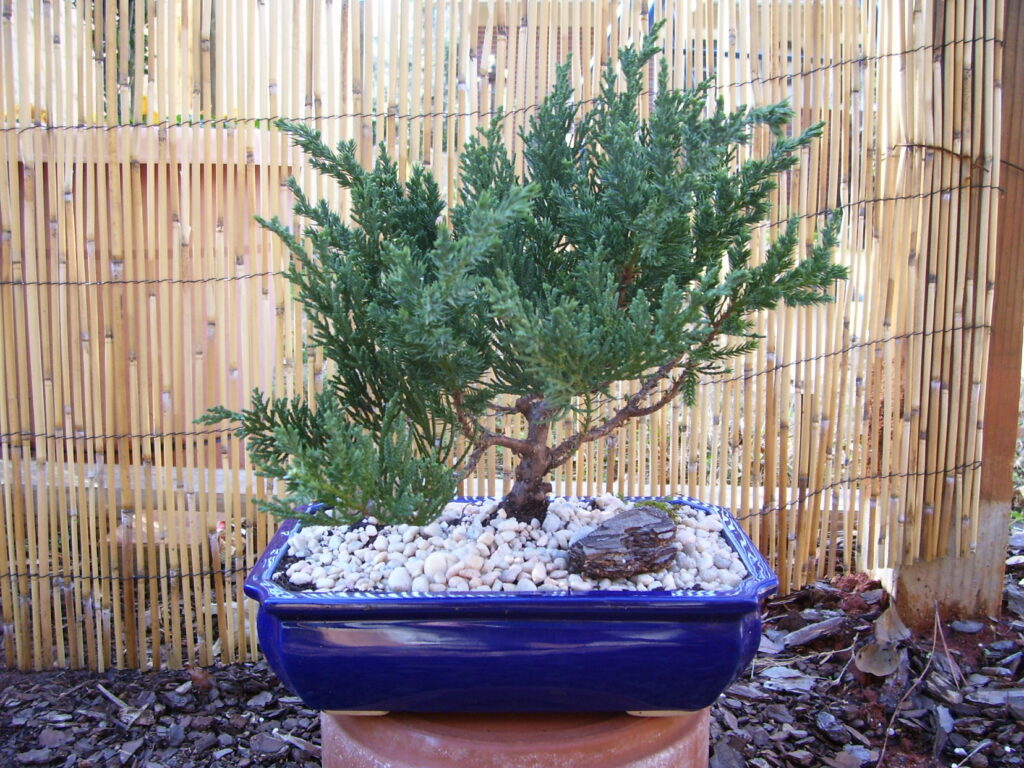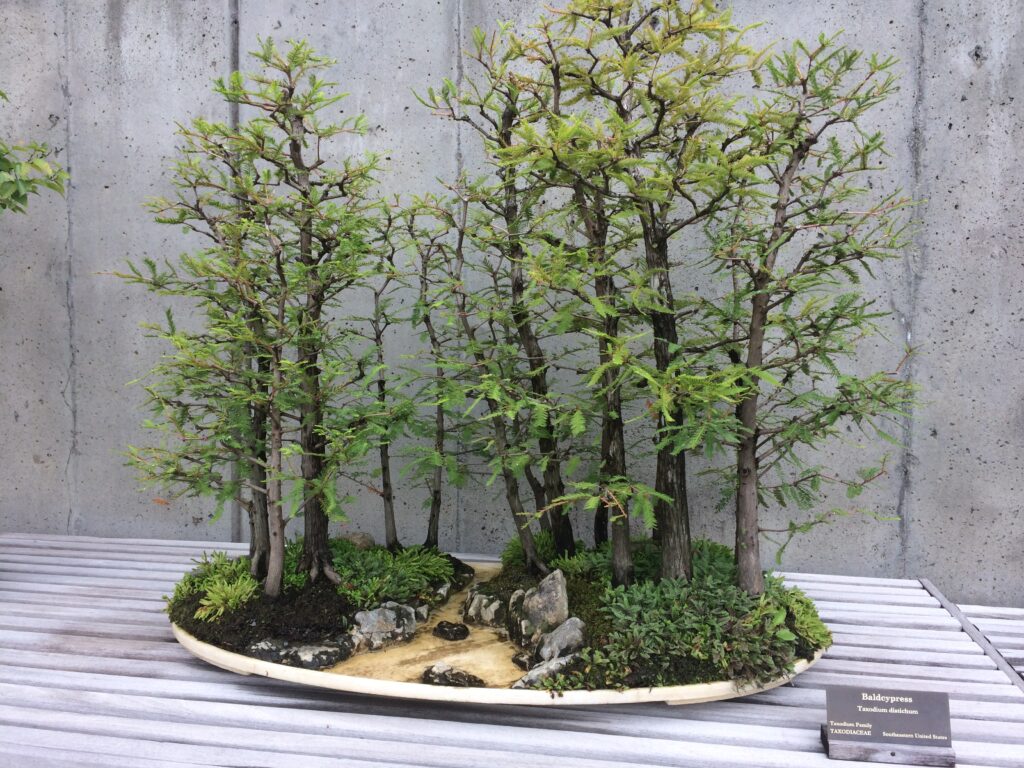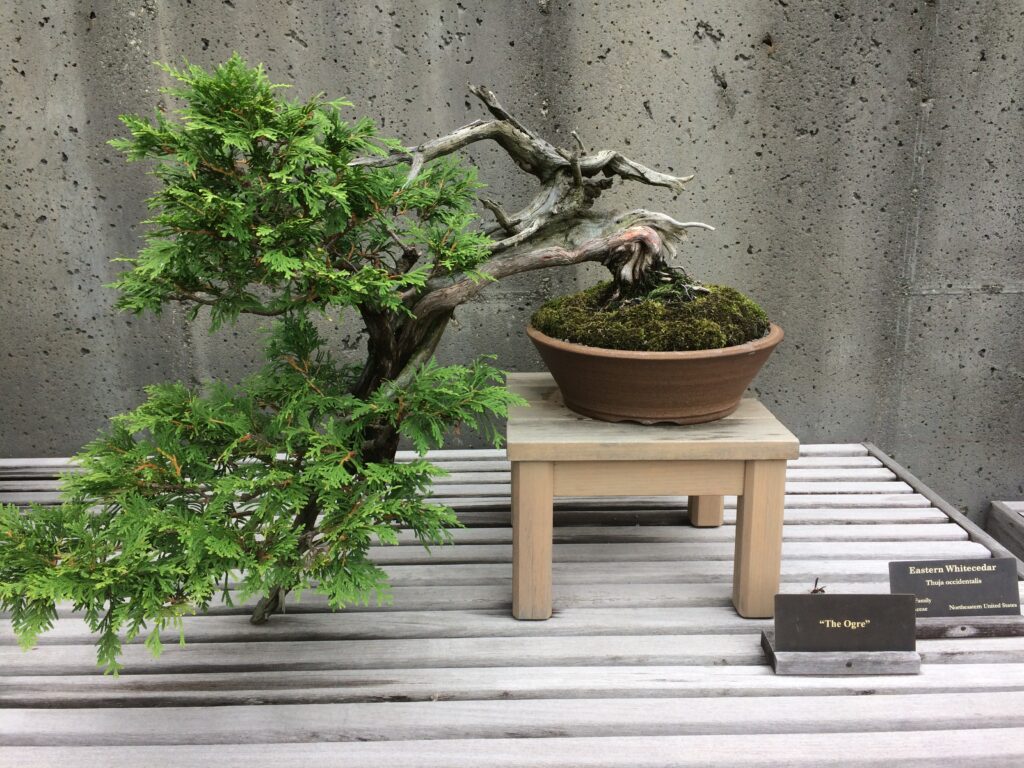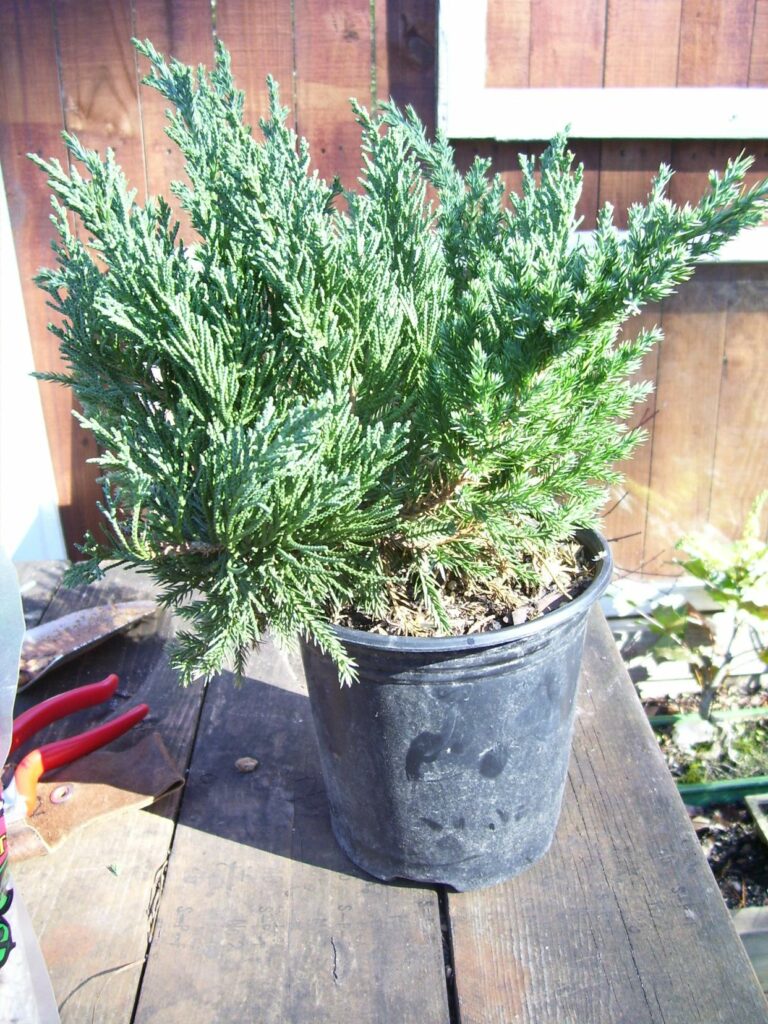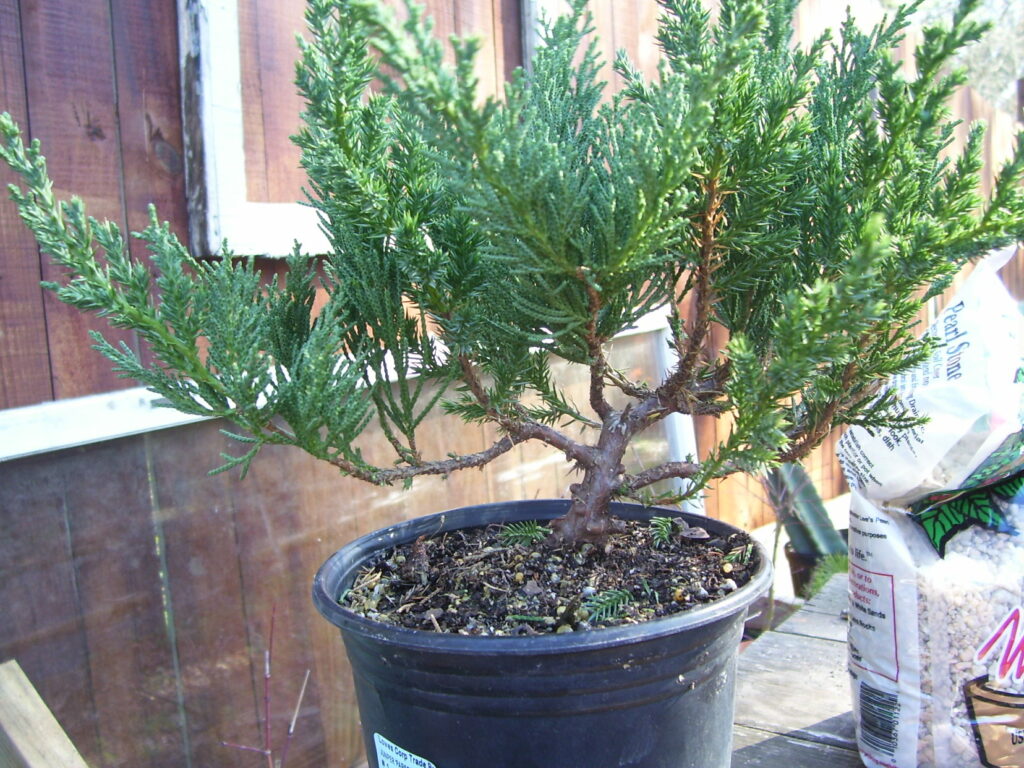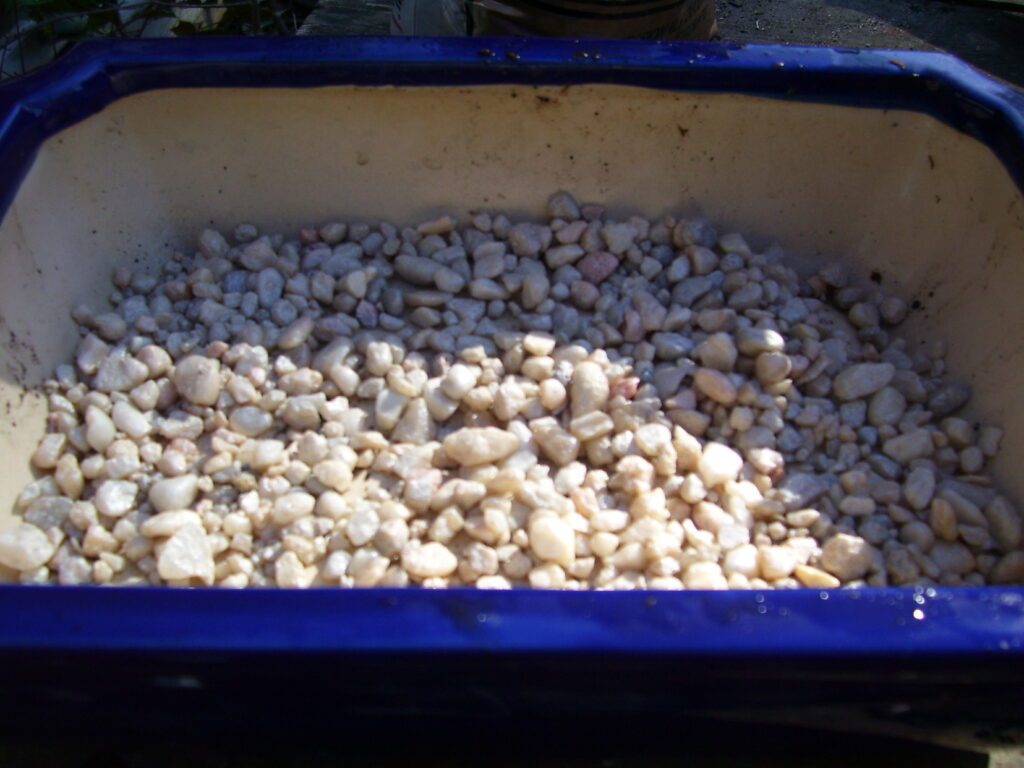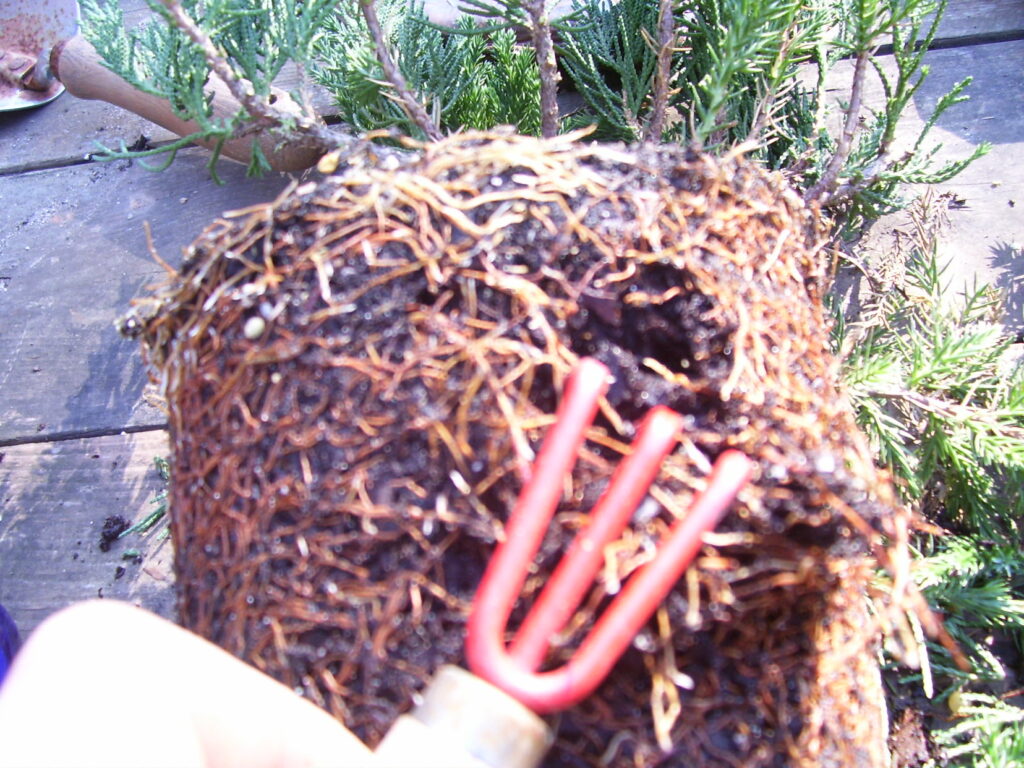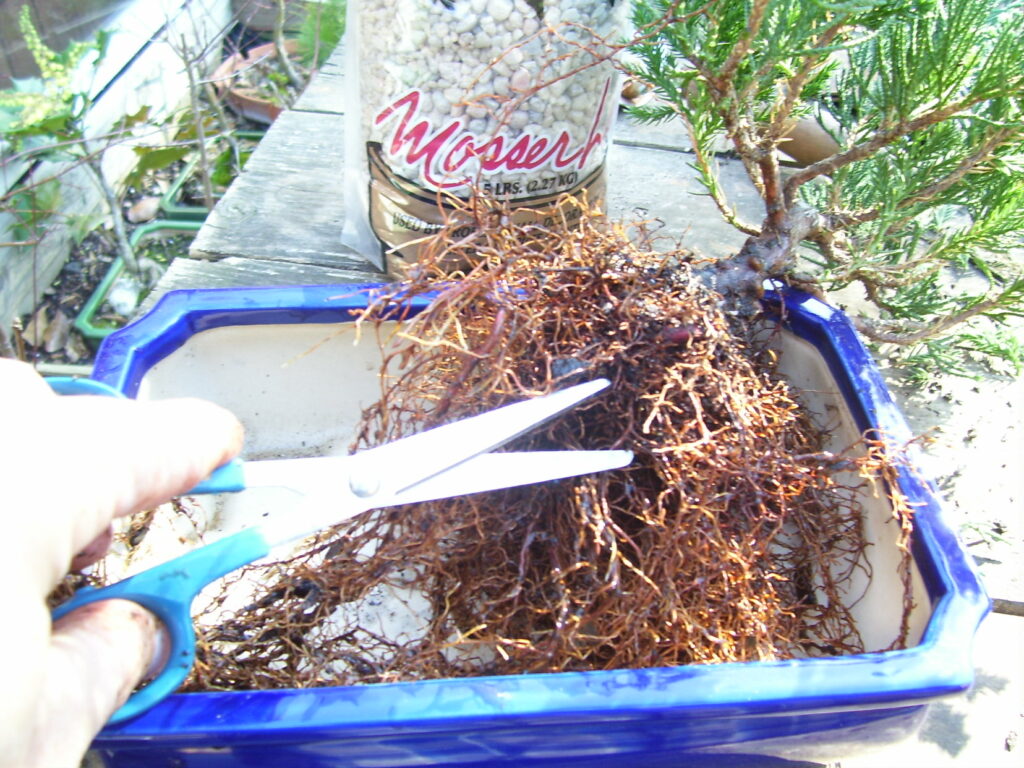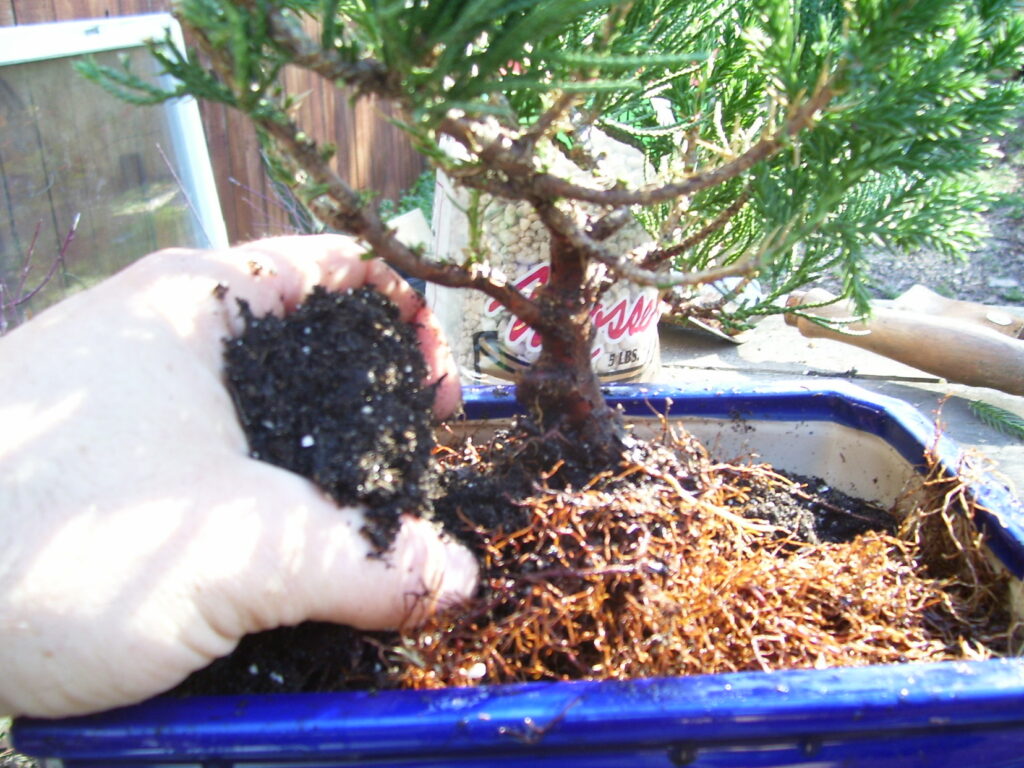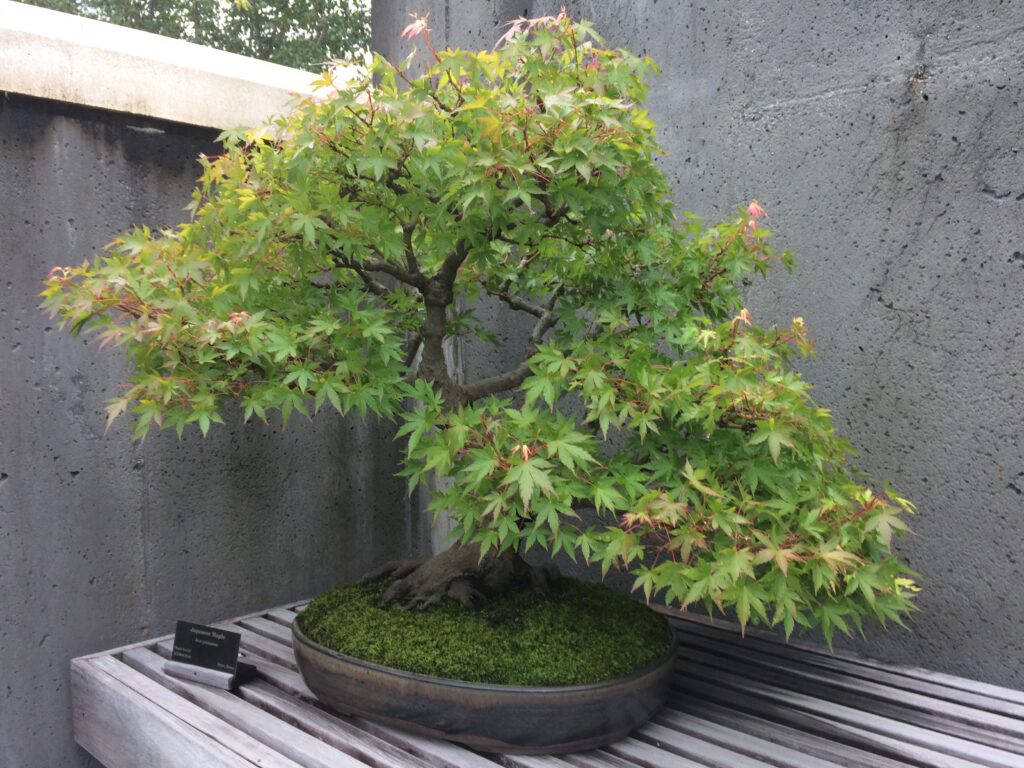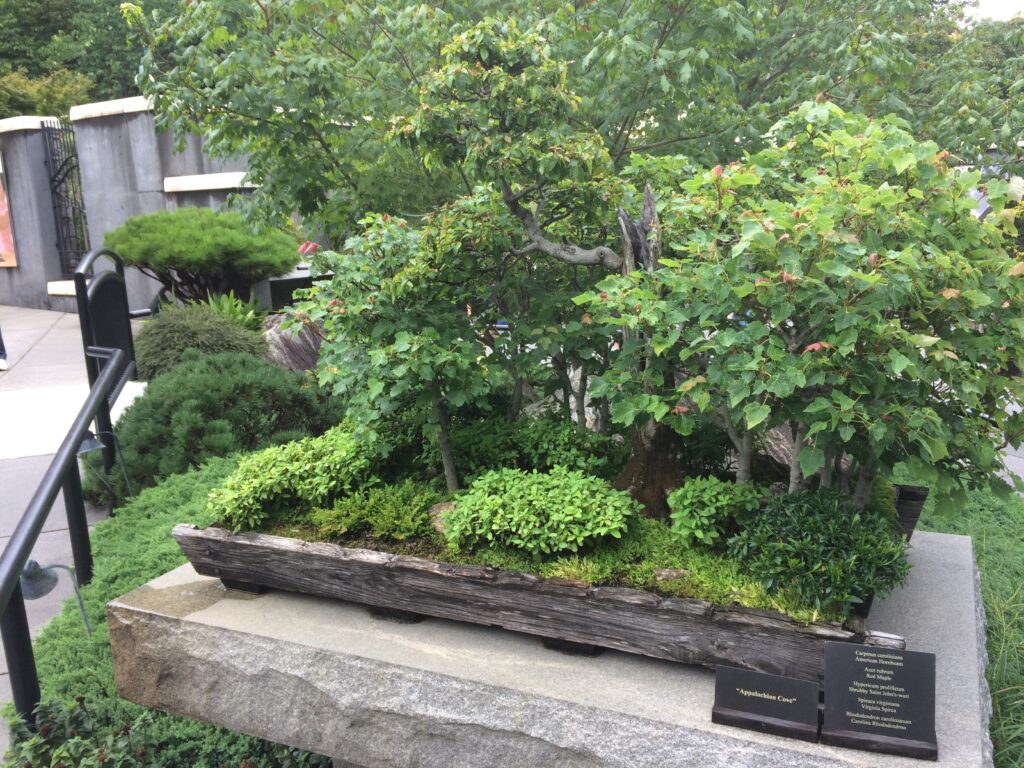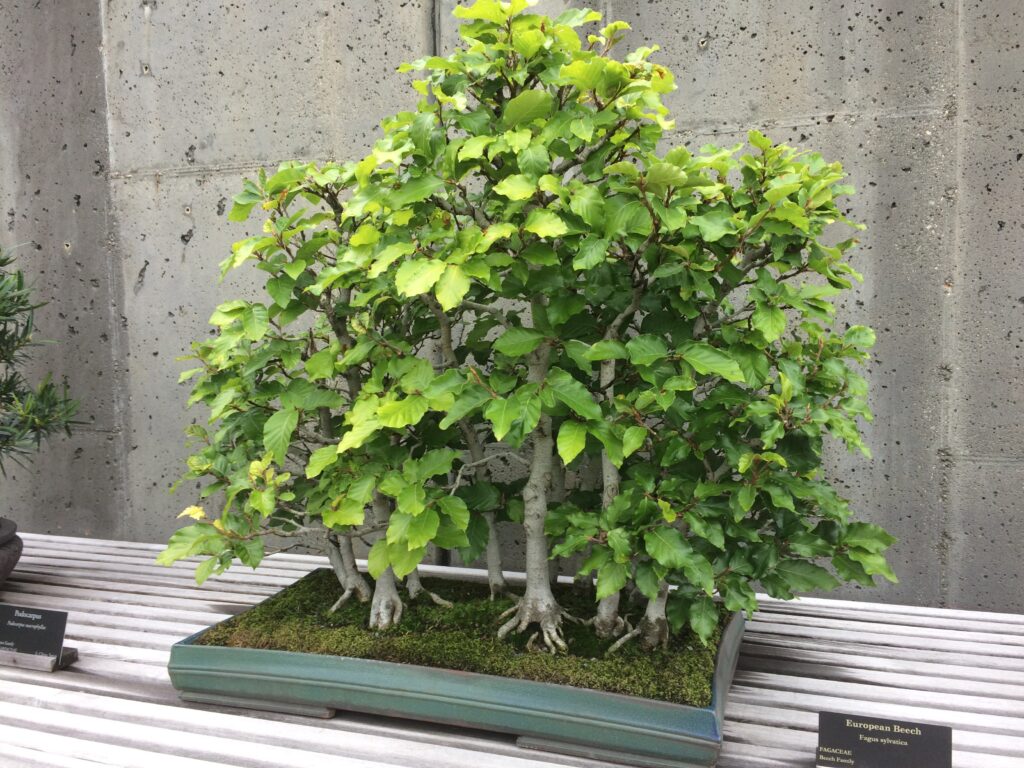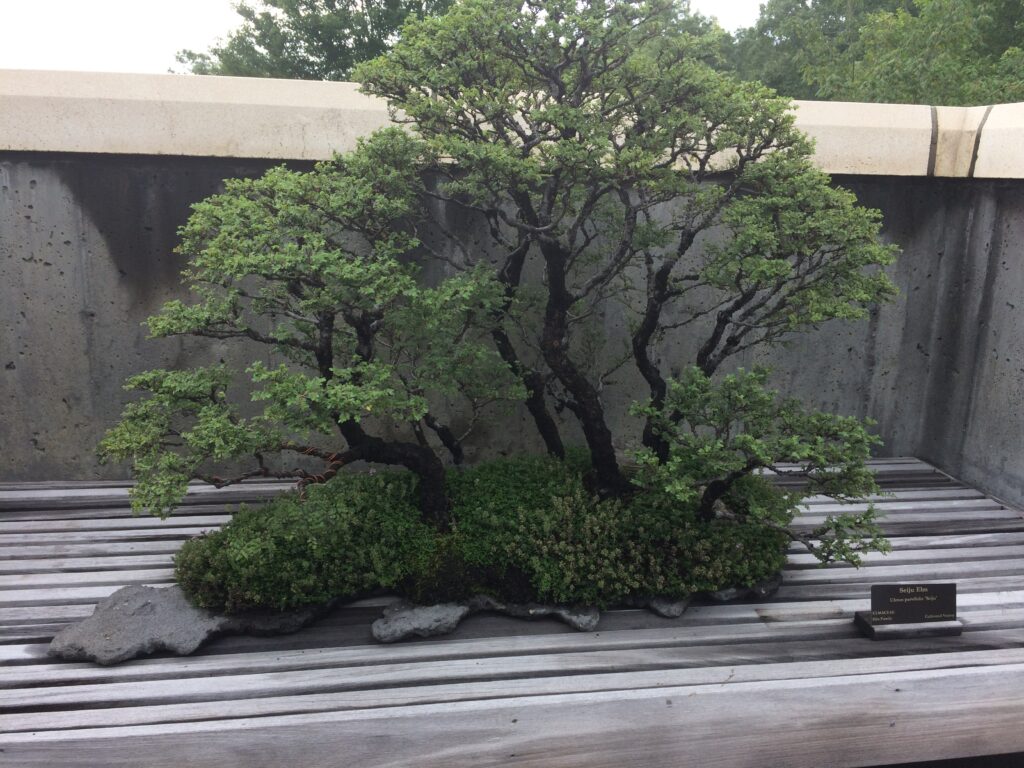Creating a Bonsai Plant
go.ncsu.edu/readext?982521
en Español / em Português
El inglés es el idioma de control de esta página. En la medida en que haya algún conflicto entre la traducción al inglés y la traducción, el inglés prevalece.
Al hacer clic en el enlace de traducción se activa un servicio de traducción gratuito para convertir la página al español. Al igual que con cualquier traducción por Internet, la conversión no es sensible al contexto y puede que no traduzca el texto en su significado original. NC State Extension no garantiza la exactitud del texto traducido. Por favor, tenga en cuenta que algunas aplicaciones y/o servicios pueden no funcionar como se espera cuando se traducen.
Português
Inglês é o idioma de controle desta página. Na medida que haja algum conflito entre o texto original em Inglês e a tradução, o Inglês prevalece.
Ao clicar no link de tradução, um serviço gratuito de tradução será ativado para converter a página para o Português. Como em qualquer tradução pela internet, a conversão não é sensivel ao contexto e pode não ocorrer a tradução para o significado orginal. O serviço de Extensão da Carolina do Norte (NC State Extension) não garante a exatidão do texto traduzido. Por favor, observe que algumas funções ou serviços podem não funcionar como esperado após a tradução.
English
English is the controlling language of this page. To the extent there is any conflict between the English text and the translation, English controls.
Clicking on the translation link activates a free translation service to convert the page to Spanish. As with any Internet translation, the conversion is not context-sensitive and may not translate the text to its original meaning. NC State Extension does not guarantee the accuracy of the translated text. Please note that some applications and/or services may not function as expected when translated.
Collapse ▲What is bonsai? Bonsai is the ‘Ancient Art of Miniaturizing Trees’.
The height potential of a tree such as a Japanese maple can be as much as 30 feet. So how could you possibly maintain this same tree in a container at a height of 2 feet or less? The answer is using the basic principles of bonsai.
The growing of bonsai is simple enough that anyone can become an enthusiast. The skill that most of us are lacking is the patience that is needed to allow a plant to properly develop. Achieving a dwarf plant that is a true mimic of a tree in nature in one of the specific styles is the art of bonsai.
History
The art of bonsai, the ancient art of dwarfing trees, has been practiced for hundreds of years. The first people to practice the art were the Chinese who, in the 14th century, collected trees that were naturally dwarfed trees from the wild. These gnarly trees naturally contorted by the harsh conditions found on mountainsides were transplanted into containers near Buddhist temples by monks. These ancient gardeners enhance the wild contorted beauty of the plants that were stunted by the harsh extremes of altitude and poor soil and maintained them as a meditative practice. An art form grew out of the Buddhist monks’ ingenuity, cleverness, and eventual understanding of plant physiology.
The word bonsai literally means ‘plant in a tray’. The concept is simple; restrict the growth of a plant’s roots and shoots, allowing the trunk to grow. The end result is a plant that appears to be a miniature representation of its relatives in the wild.
Bonsai Styles
There are many styles of bonsai. The simplest would be the formal upright or erect style. The trunk is encouraged to grow straight and the tree is usually pruned into a symmetrical form. Another simple design is the informal upright. The tree is trained vertically but is not forced to grow straight. Other upright designs include the double trunk and the leaning.
There are more challenging designs for advanced gardeners. Using a trailing groundcover shrub, the cascade design allows the plant to hang over the edge of the pot and grow toward the ground. Other very interesting styles are the roots-over-rock style where the tree is planted so that it grows over stone and the windswept design where the plant is pruned to make it appear as though it is growing in the desert.
Creating and Growing a Bonsai Tree
Growing bonsai isn’t difficult. To grow your own, begin by growing or purchasing a tree or shrub such as juniper, red maple, Japanese maple, Chinese elm, river birch, Chinese zelkova, pine or any other plant in a 4 inch cup up to a one gallon container. Next, obtain a shallow container, well-drained soil and very small sized gravel. The tools I use include small pruners, a trowel, a clean spray bottle filled with water and a pan of water.
After gathering bonsai supplies and tools, remove the plant from its original pot. Dislodge all the soil from the roots of the plant. Dipping the roots in clean water, gently wash them. Keep the roots moist throughout the planting process by misting with a spray bottle.
Using the pruners, lightly trim the roots and the shoots or branches. Trees need to maintain a specific ratio of roots to shoots. Prune the roots and the shoots to balance the ratio to 1:1.
Locate a shady spot and begin planting by lining the bottom of the tray with one-half inch of gravel and a layer of soil. Spread the roots over the soil layer. Cover the roots with soil being careful not to cover the root collar of the tree with soil. Firmly press the soil with your fingers. Sprinkle a thin layer of gravel on top of the soil and arrange any stones or moss on the surface.
Caring for Bonsai
Caring for bonsai trees is rewarding. Pinch or prune trees to keep them in shape and irrigate the tree daily. Fertilize with a diluted liquid fertilizer every four weeks. Remember, bonsai are not houseplants. Most bonsai trees need plenty of sun so place the tree in a partly sunny to sunny outdoor location and water regularly.





